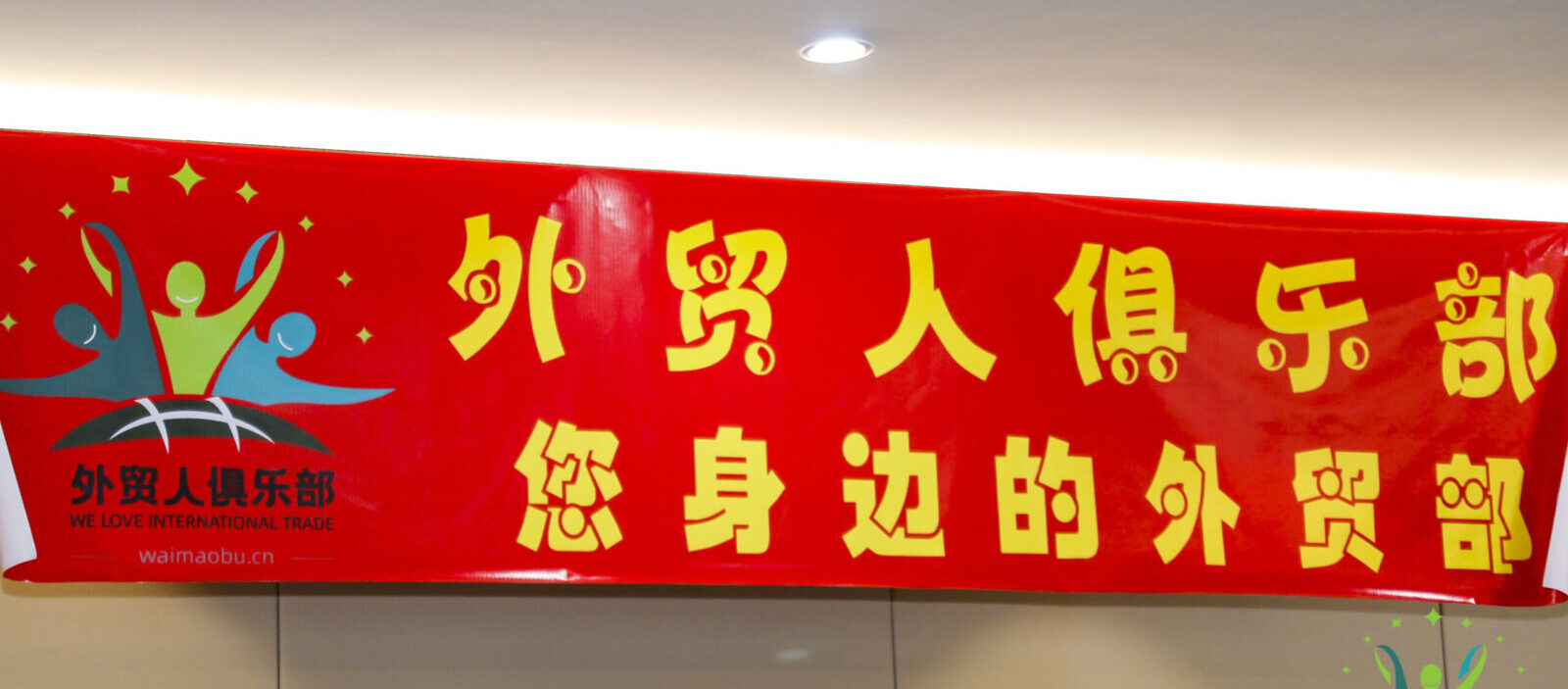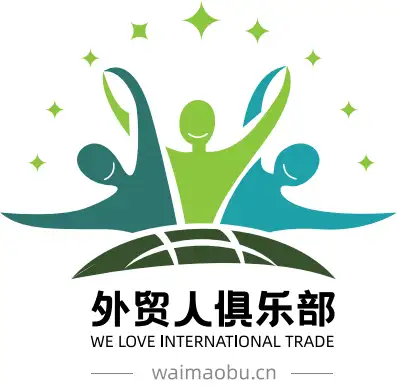How Does Walmart Run Automated Supplier Negotiations?
Walmart, like most organizations with large procurement operations, can’t possibly conduct focused negotiations with all of its 100,000-plus suppliers. As a result, around 20% of its suppliers have signed agreements with cookie-cutter terms that are often not negotiated. It’s not the optimal way to engage with these “tail-end suppliers.” But the cost of hiring more human buyers to negotiate with them would exceed any additional value.
Walmart solved the problem with artificial intelligence–powered software that includes a text-based interface (or chatbot) that negotiates with human suppliers on behalf of Walmart. Walmart Canada piloted the solution in January 2021 and used supplier feedback to hone the system. Walmart has since deployed the solution in three other countries, and Walmart operations in more countries plan to implement the technology soon.
This article shares four lessons on how to use automated procurement negotiations in ways that benefit both buyers and suppliers. Such systems can generate savings, improve the terms for both parties, and increase the flexibility and resiliency of a supply chain.
与大多数拥有大型采购业务的组织一样,沃尔玛不可能与其所有 10 万多家供应商进行集中谈判。 因此,大约 20% 的供应商签署了具有千篇一律条款的协议,而这些条款往往未经谈判。 这不是与这些“终端供应商”互动的最佳方式。 但雇用更多人工买家与他们谈判的成本将超过任何附加价值。
沃尔玛通过人工智能驱动的软件解决了这个问题,该软件包括一个基于文本的界面(或聊天机器人),可以代表沃尔玛与人类供应商进行谈判。 沃尔玛加拿大公司于 2021 年 1 月试用了该解决方案,并利用供应商反馈来完善该系统。 此后,沃尔玛已在其他三个国家部署了该解决方案,沃尔玛在更多国家的业务计划很快实施该技术。
本文分享了关于如何以对买家和供应商都有利的方式使用自动采购谈判的四个经验教训。 此类系统可以节省成本,改善双方的条款,并提高供应链的灵活性和弹性。
The Pilot
With advances in artificial intelligence (AI), Walmart began exploring the possibility of automating procurement negotiations for tail-end suppliers and licensed a software product called Pactum AI in 2019. The deployment was postponed because of Covid-19, but one of us (Michael DeWitt) resurrected the initiative a year later, in January 2021, for his organization, Walmart International.
Since Walmart already had experimented with the software in a sandbox environment, Walmart International moved directly to a small pilot in the company’s Canadian business. The pilot, which lasted three months, included a variety of stakeholders — 89 suppliers, five buyers, and representatives from Walmart Canada’s finance, treasury, and legal departments — and Pactum, the company that had created the underlying AI technology.
At the outset, Walmart International estimated that the system would yield a positive return on investment if the chatbot could close deals with 20% of the suppliers involved in the pilot. The retailer selected “goods not for resale” — categories such as fleet services, carts, and other equipment used in retail stores — and not products sold to Walmart customers. It decided to focus on suppliers for whom there was accurate data on payment terms and where there was clear opportunity to improve payment terms and secure additional discounts.
Walmart International targeted payment schedules, hoping to negotiate early payment discounts or extended payment terms without discounts. In exchange, Walmart would offer suppliers the option to change Walmart’s right to terminate contracts immediately without cause (known as “termination for convenience”) to providing a 30-, 60-, or 90-day written termination notice. Walmart would also selectively offer suppliers opportunities for growth in assortment and sales volume in exchange for price discounts.
Internal buyers selected the suppliers to target and created training scenarios for Pactum AI’s machine learning algorithm. The scenarios were used to create structured scripts to guide suppliers through negotiations. Suppliers could respond to scenarios at their own pace.
Walmart International invited around 100 tail-end suppliers to try the solution. Eighty-nine agreed to participate. The chatbot was successful in reaching an agreement with 64% of them — well above the 20% target — and with an average negotiation turnaround of 11 days. Walmart gained, on average, 1.5% in savings on the spend negotiated and an extension of payment terms to an average of 35 days.
In post-pilot interviews with suppliers that engaged in successful negotiations, 83% of them described the system as easy to use and liked the ability to make a counteroffer and the time the system gave them to think about the negotiation at their own pace. For example, Ben Garisto, president of MIWE, a bakery-equipment manufacturer, said, “During in-person negotiations, you do not always have the questions in advance, and you are responding in real time. Other types of automated requests for proposals sometimes feel a bit like a template with little room to tell your story.”
Several suppliers, however, still would have liked to negotiate face to face. Other suppliers wanted a less verbose, more fluid script instead of prohibiting suppliers from backtracking to early steps in the negotiation.
After the production pilot, Walmart improved the scenarios and scripts and extended the solution to suppliers in the United States, Chile, and South Africa. So far, the chatbot has closed deals with 68% of the suppliers approached and generated an average savings of 3%.
试点
随着人工智能 (AI) 的进步,沃尔玛开始探索为尾端供应商实现采购谈判自动化的可能性,并于 2019 年授权了一款名为 Pactum AI 的软件产品。由于 Covid-19,部署被推迟,但我们本文的其中一位作者(Michael DeWitt,walmart战略采购副总)在 一年后,即 2021 年 1 月,他为沃尔玛国际重新启动了该计划。
由于沃尔玛已经在沙盒环境中试验了该软件,沃尔玛国际公司直接在该公司的加拿大业务中进行了小型试点。 该试点项目持续了三个月,参与者包括各种利益相关者——89 家供应商、5 名买家以及来自加拿大沃尔玛财务、财务和法律部门的代表——以及创建基础人工智能技术的 Pactum 公司。
沃尔玛国际公司一开始估计,如果聊天机器人能够与参与试点的 20% 的供应商达成交易,该系统将产生积极的投资回报。 该零售商选择了“非转售商品”——车队服务、手推车和零售店使用的其他设备等类别——而不是出售给沃尔玛客户的产品。 它决定重点关注那些拥有准确的付款条件数据并且有明显机会改善付款条件并获得额外折扣的供应商。
沃尔玛国际公司有针对性的付款时间表,希望协商提前付款折扣或延长无折扣付款条件。 作为交换,沃尔玛将向供应商提供选项,将沃尔玛无故立即终止合同的权利(称为“方便终止”)改为提供 30 天、60 天或 90 天的书面终止通知。 沃尔玛还将有选择地为供应商提供增加品种和销量的机会,以换取价格折扣。
内部买家选择供应商来定位并为 Pactum AI 的机器学习算法创建培训场景。 这些场景用于创建结构化脚本来指导供应商进行谈判。 供应商可以按照自己的节奏应对各种情况。
沃尔玛国际邀请了大约100家尾端供应商来尝试该解决方案。 八十九人同意参加。 该聊天机器人成功与 64% 的人达成协议(远高于 20% 的目标),平均谈判周期为 11 天。 沃尔玛平均节省了 1.5% 的谈判支出,并将付款期限平均延长至 35 天。
在对参与成功谈判的供应商进行试点后采访时,83% 的供应商表示该系统易于使用,喜欢还价的能力以及系统给予他们按照自己的节奏思考谈判的时间。 例如,烘焙设备制造商 MIWE 总裁本·加里斯托 (Ben Garisto) 表示:“在面对面的谈判中,你并不总是提前提出问题,而是要实时做出回应。 其他类型的自动提案请求有时感觉有点像一个模板,几乎没有空间来讲述你的故事。”
然而,一些供应商仍然希望进行面对面的谈判。 其他供应商希望有一个不那么冗长、更流畅的脚本,而不是禁止供应商退回到谈判的早期步骤。
生产试点结束后,沃尔玛改进了场景和脚本,并将解决方案扩展到美国、智利和南非的供应商。 到目前为止,该聊天机器人已与 68% 的供应商达成了交易,平均节省了 3%。
Other companies interested in automating procurement can apply these lessons on how to develop and introduce such a system:
1. Move to a production pilot quickly.
The AI journey for many companies languishes in the proof-of-concept phase — fewer than half make it into production, according to Gartner. That’s because proof-of-concept phases focus on technical capabilities instead of business goals. Walmart decided to skip a proof-of-concept phase and to go straight to a production pilot focused on business goals.
Walmart’s “business owners” — people in charge of budgets and responsible for the spend with suppliers (for example, operations for store supplies and IT for hardware and software) — helped to create negotiation use cases and scenarios. Walmart’s buyers provided crucial subject-matter expertise on the negotiation scenarios needed to train the chatbot and nominated suppliers to participate in the pilot (based on which suppliers conduct enough business with Walmart to warrant a negotiation and which would welcome a chance to negotiate). The legal team made sure the chatbot’s script and resulting contract conformed to Walmart contracting standards and policy.
2. Start with indirect-spend categories and pre-approved suppliers.
Walmart began with goods not for resale (i.e., not sold to its retail customers) to minimize the risks to the business posed by the testing of a new procurement practice. Walmart also focused on pre-approved suppliers so the need to validate new suppliers wouldn’t delay the start of the pilot.
3. Decide on acceptable trade-offs.
Automated procurement requires precisely defining the boundaries of what the buyer is willing to concede in exchange for what it wants. For example, the AI chatbot needs to know the specific trade-offs the buyer is willing to give for, say, moving from full payments in 10 days after receipt of the invoice to receiving payment 15, 20, 30, 45, or 60 days after receipt of invoice in exchange for improved termination terms and the opportunities for suppliers to expand their business with Walmart.
4. Scale by extending geographies, categories, and use cases.
Walmart’s motto for this project was to “nail it and scale it.” Successful production pilots helped Walmart sell the solution to other parts of the business. After the pilot in Canada, the United States, Chile, and South Africa, deployments in Mexico, Central America, and China are imminent. The categories have also expanded to include route rate negotiations for transportation and some goods for resale. Some mid-tier suppliers now use the system, and the chatbot is multilingual.
Scaling has increased productivity because the software learns from every negotiation, reducing the setup time for new categories. Additionally, the chatbot can run 2,000 negotiations simultaneously — something no human buyer can do.
One can see the trajectory: As terms and conditions become more algorithmic, fewer suppliers and parts of spend pools will go unmanaged. Procurement professionals will focus less on negotiating agreements and more on strategic relationships, exceptions, and continuous improvement.
对自动化采购感兴趣的其他公司可以应用以下经验教训来开发和引入此类系统:
1. 快速转向生产试点。
据 Gartner 称,许多公司的人工智能之旅都陷入了概念验证阶段,只有不到一半的公司能够投入生产。 这是因为概念验证阶段关注的是技术能力而不是业务目标。 沃尔玛决定跳过概念验证阶段,直接进入专注于业务目标的生产试点。
沃尔玛的“企业主”——负责预算和负责供应商支出的人员(例如,商店供应的运营以及硬件和软件的 IT 部门)——帮助创建谈判用例和场景。 沃尔玛的买家提供了培训聊天机器人和指定供应商参与试点所需的谈判场景的关键主题专业知识(供应商与沃尔玛开展了足够的业务以保证谈判,并且欢迎有谈判的机会)。 法律团队确保聊天机器人的脚本和由此产生的合同符合沃尔玛合同标准和政策。
2. 从间接支出类别和预先批准的供应商开始。
沃尔玛从不转售的商品(即不出售给零售客户)开始,以尽量减少测试新采购实践给业务带来的风险。 沃尔玛还重点关注预先批准的供应商,因此验证新供应商的需要不会延迟试点的开始。
3. 决定可接受的权衡。
自动化采购需要精确定义买方愿意做出的让步以换取其想要的东西的界限。 例如,人工智能聊天机器人需要知道买家愿意做出的具体权衡,例如,从收到fp后 10 天内全额付款到 15、20、30、45 或 60 天内收到付款 收到fp后,以换取改善的终止条款以及供应商与沃尔玛扩大业务的机会。
4. 通过扩展地域、类别和用例来扩展。
沃尔玛对该项目的座右铭是“钉住它并扩大规模”。 成功的生产试点帮助沃尔玛将解决方案出售给其他业务部门。 在加拿大、美国、智利和南非进行试点后,即将在墨西哥、中美洲和中国进行部署。 这些类别还扩大到包括运输的路线费率谈判和一些转售的货物。 一些中型供应商现在使用该系统,并且聊天机器人是多语言的。
规模化提高了生产力,因为软件可以从每次谈判中学习,减少新类别的设置时间。 此外,聊天机器人可以同时进行 2,000 项谈判——这是人类买家无法做到的。
人们可以看到这一轨迹:随着条款和条件变得更加算法化,越来越少的供应商和部分支出池将不受管理。 采购专业人员将较少关注协议谈判,而更多地关注战略关系、例外情况和持续改进。
文章来源:https://hbr.org/2022/11/how-walmart-automated-supplier-negotiations


